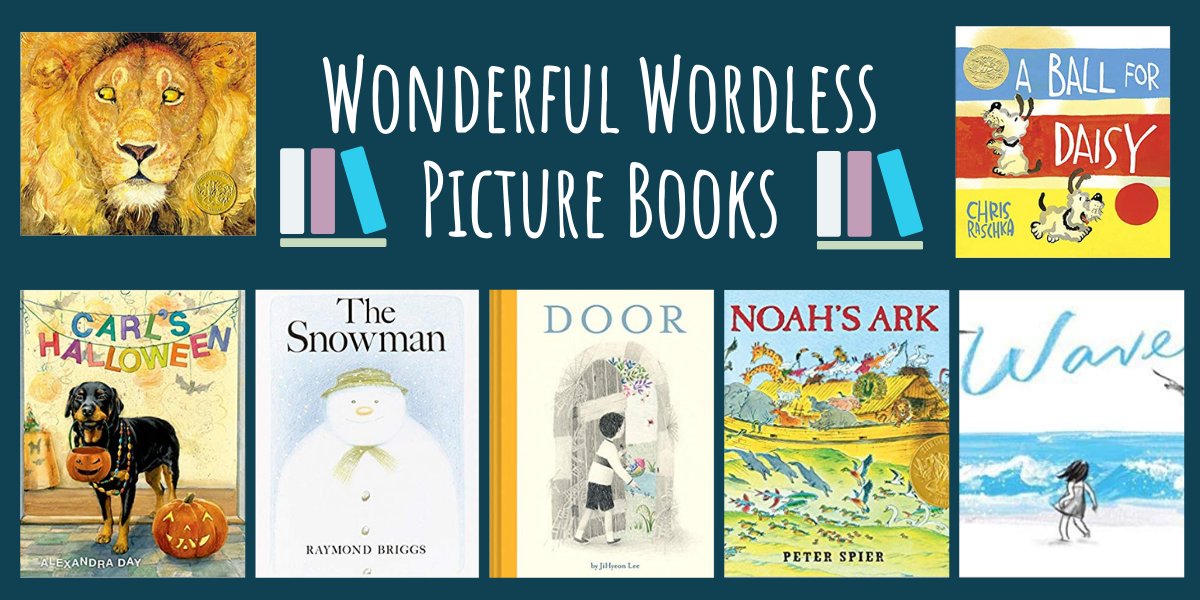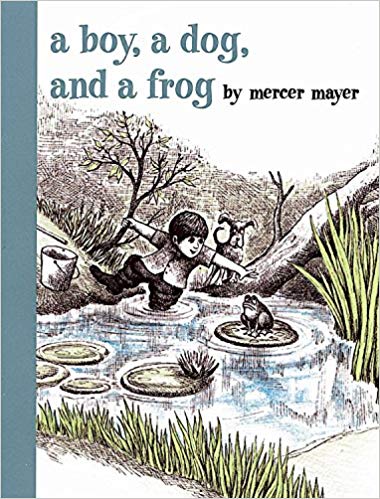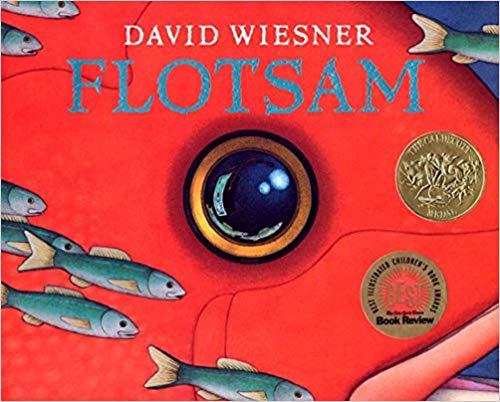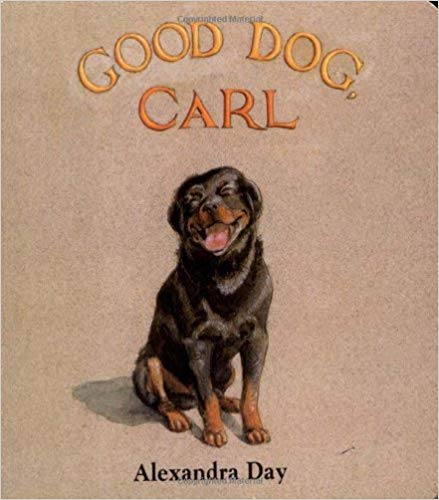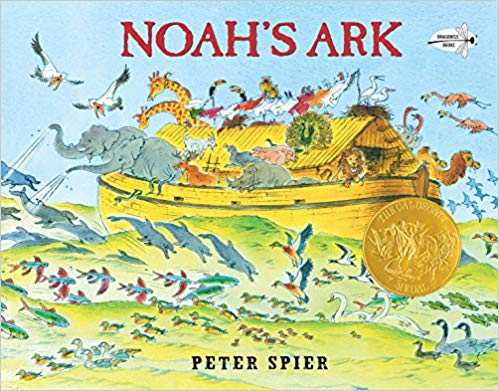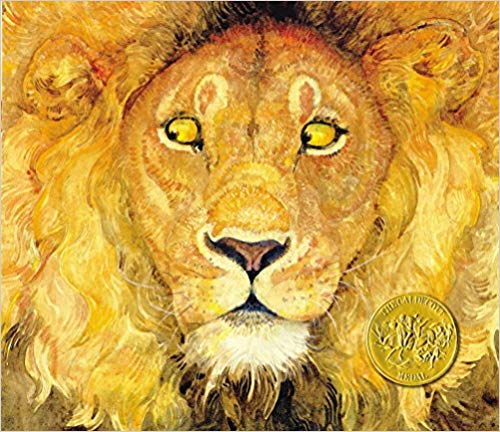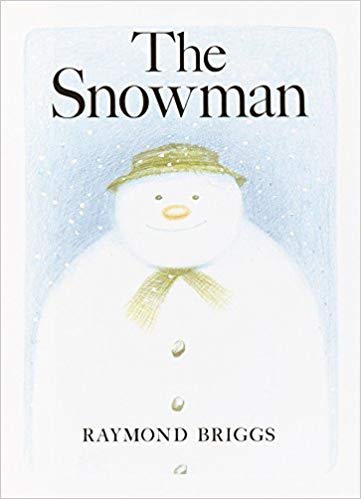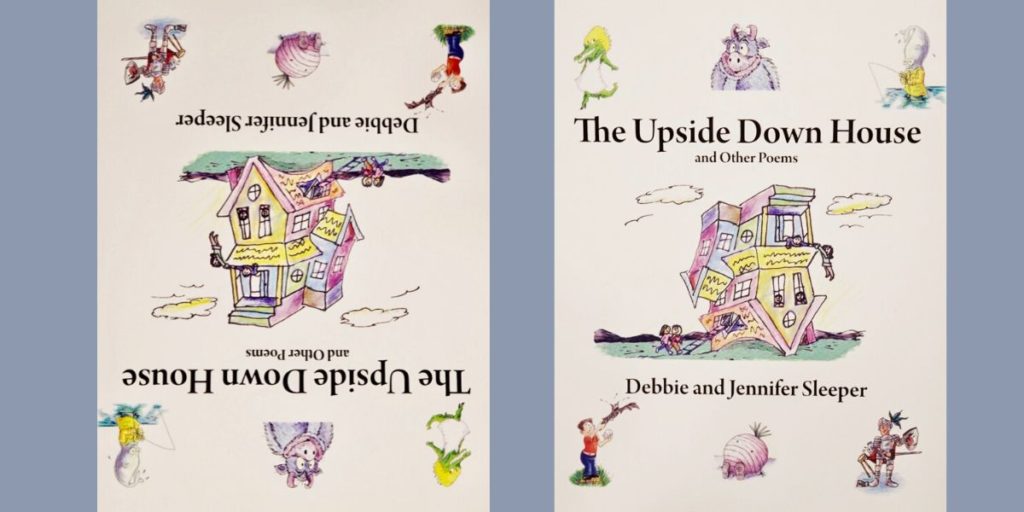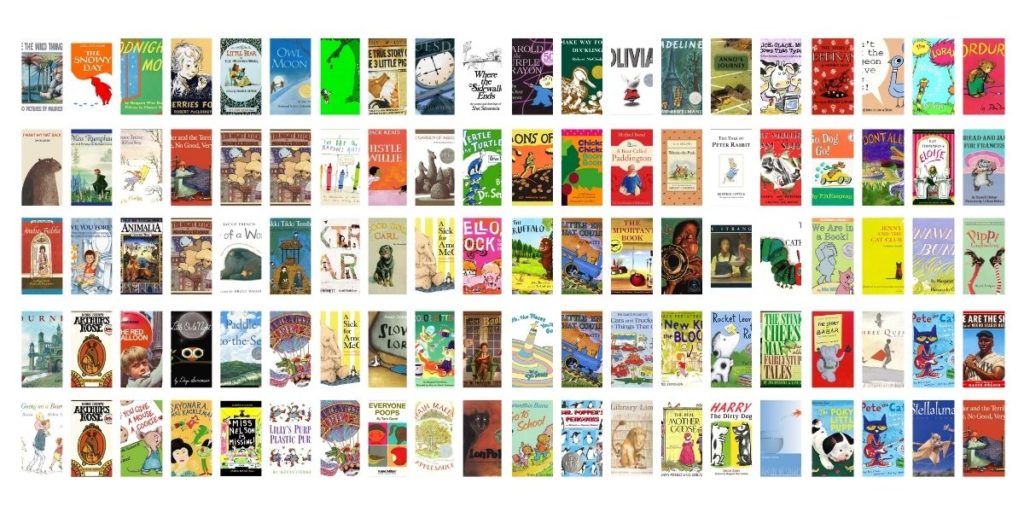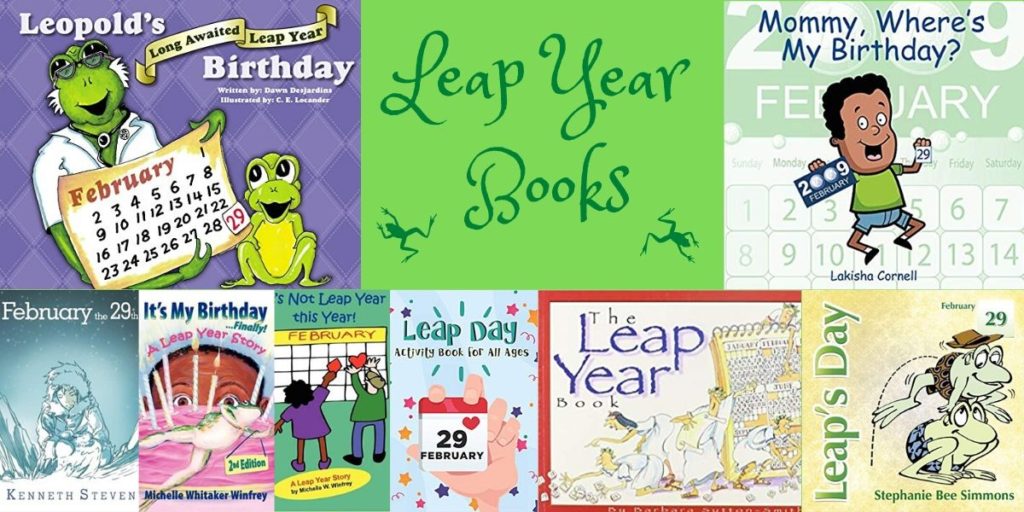Hi all, hope you’re having a wonderful day! I’m so happy my mom agreed to guest post today’s article featuring the best wordless picture books for toddlers. With three children and two grandchildren, she has lots of experience reading and reviewing children’s books. She also has a Masters degree in Education and Counseling and worked at a Montessori school for over 15 years.
Wordless Picture Books for toddlers
experiencing the story through art
A Boy, a Dog, and a Frog
Door
Books without words? “What’s the point?”, you might think. Wordless books can be daunting at first since adults primarily attend to text in a book. Looking for the story in the pictures takes a different part of the brain and a different style of participating with your child. When I first began sharing wordless picture books with my children, I felt pressure to be fluent with words, a master storyteller! Fortunately, they were young enough to believe I was. Your child cherishes the closeness and attention with a parent and has no preset expectations.
Advantages of Wordless Picture Books
Wordless books have intrinsic advantages for babies and toddlers, as well as for older children. All books tell a story; wordless books use illustration and visual cues to tell the story, rather than words on the page.
Good Dog, Carl
Noah’s Ark
Flexibility
This allows you to tell the story in your own way and your own time. If your child is very young, you may simply name an item on the page and move on to the next page. They do let you know if they’re ready to move on! Later you can describe the action on the page and include more detail. The book is tailored to the child’s attention span and the experience can vary as needed.
Art as a Springboard
Another advantage is that the illustration receives our full attention with a wordless picture book. There is no text to “get through” on a page, so we can focus on the art, point out important images, or speculate on the character’s actions. With a younger toddler, I might ask them if they can find an image, or we can name colors. There are great opportunities for expanding vocabulary and elaborating on a child’s words to encourage description and attention to detail.
Comprehension
 Wordless picture books have the potential to enhance comprehension and understanding of the flow of a story (beginning, middle, end). Emerging readers may put so much attention into decoding words that comprehension takes a back seat. A child who is practiced at attending to the pictures and the flow may have an advantage when they need cues to help them decipher words.
Wordless picture books have the potential to enhance comprehension and understanding of the flow of a story (beginning, middle, end). Emerging readers may put so much attention into decoding words that comprehension takes a back seat. A child who is practiced at attending to the pictures and the flow may have an advantage when they need cues to help them decipher words.
Rainstorm
The Lion and the Mouse
PRETEND PLAY
One of the things I like most about wordless books is that both parents and children have the freedom to use their imagination in forming their own version of the story.
Wordless picture books give the child the ability to create their own script.
This is a powerful tool for a child, who is engaging in pretend play and exploring all the benefits of language and cognitive skills. Check out this article from The Center for Parenting Education’s website for more information: The Need for Pretend Play in Child Development.
Truck
Wave
Finally, I urge you not to be daunted by pages full of only pictures! After a little practice, I learned to wander through the book together with my children and grandchildren, wondering and noticing things along with them. They happily reminded me of things I left out on the 10th or 20th reading of a book, and who can’t use a little memory reminder now and then?
Thanks, Mom, for your insight and wisdom! Be sure to stop by Monday for more reviews and recommendations. And if you haven’t already, check out The Best Caldecott Award Winning Books for Young Children.
Thanks for stopping by!












A Dad’s Perspective: The Upside Down House and Other Poems
Dad here! When I get to take the reins of A Little Library blog posts…
Children’s Book Trends Based on TIME Magazine’s 100 Best Children’s Books
A basic survey of children’s book trends throughout the past century with data based on…
Leap Year Books
2020 LEAPLINGS, PREPARE TO LEAP THIS LEAP YEAR! Another leap year is again upon us…

